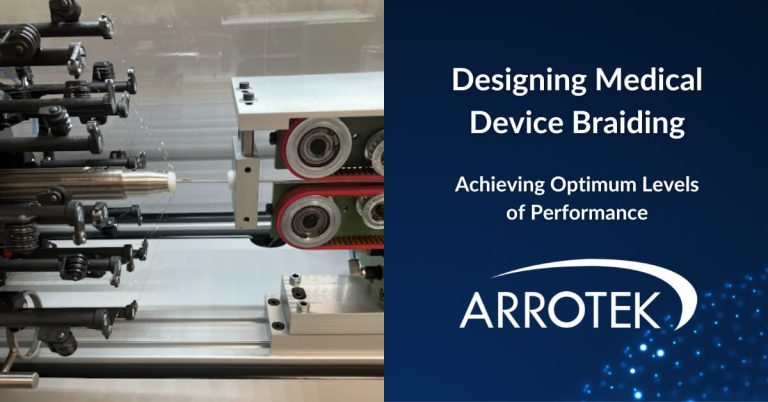As we have covered in a previous blog, risk management is essential when designing and developing a new medical device product. An important part of this process involves creating and maintaining a risk management plan.
Before going any further, it’s helpful to define risk management. What is risk management?
Risk management is not the act of carrying out a risk analysis at various points during the design of your medical device. This is an action that is part of risk management.
Instead, risk management is a process and, for that process to be effective, documented, and transparent, you need a plan – a risk management plan.
An Introduction to Medical Device Risk Management Plans
A medical device risk management plan should be put together in the very early stages of the product development and design process.
You then must review and update the plan regularly as the development progresses. In other words, a risk management plan is a document that evolves along with the product.
Key Questions Answered
What Is a Medical Device Risk Management Plan?
A medical device risk management plan identifies and documents all the activities you plan to take to manage risks associated with your new medical device. Medical device risk management plans are product-level documents.
How Does a Medical Device Risk Management Plan Fit into the Risk Management Process?
Your risk management plan is a planning document and should be part of your medical device risk management file.
What Does a Risk Management File Include?
- Risk management plan
- Individual risk analyses
- Risk evaluations
- Risk control measures
- Evaluation of risk acceptability
- Risk management reports
What Does a Risk Management Plan Include?
A medical device risk management plan should contain six important sections:
1. Scope of the Risk Management Plan
In this section, you should define the scope of the risk management plan. This definition should include a detailed description of your medical device including who will use it, who benefits from it, its lifecycle, etc.
You should also include the more formal intended use definition of the product.
Other information that should be in this section includes details of the quality management system.
2. Roles and Responsibilities
This section should include details of the risk management team. These are the people who are responsible for all aspects of risk management in relation to your medical device.
This team needs to be qualified and experienced medical device product designers. They also must know everything about the device from how it’s made to what it does to how it is used.
3. Risk Management Activities
This section is for outlining the risk management activities you will take over the entire lifecycle of the product. This includes details of the risk evaluation and mitigation process as well as information about your quality management system.
4. Criteria You Will Use to Determine the Product’s Risk Acceptability
Outlining acceptable risks for your medical device product is an important step that you should document in your risk management plan. Specifically, you need to define quality standards, margins of deviation that are acceptable, and the requirements for approval whenever deviations occur.
5. Measures to Verify Risk Control
In this section of your medical device risk management plan, you should include the quality assurance activities you will use to ensure the proper implementation of risk control measures. Examples of those activities include:
- Design verification and validation testing
- Shelf-life testing
- Packaging testing
- Shipping testing
- Process validation
6. Measures to Capture and Use Post-Production Information
As already mentioned, a medical device risk management plan is a living document that remains relevant after the product has gone into production. Therefore, you need to outline the post-production risk management activities you plan to take.
This includes how post-production information will be fed into the risk management process to further manage, control, and mitigate risks as well as to ensure continued improvements in product quality.
Creating a Medical Device Risk Management Plan
The team you appoint to design your new medical device product should lead the process to create a risk management plan and establish effective processes. You will still be a part of these activities, however, so it’s important you have a clear overview.





